A brief history of Western art PART I
From Cave rituals to Early Renaissance
Art is an undeniable part of human beings' development. Humans started to create a world around them from the very first steps of the conscious mind. I want to give you a glimpse of creative minds from different periods of the western world, from shamans' paintings in caves to the most abstract and bizarre modern pieces. Through art, you can discover the world as a place of creation and exploration. You will see how art reflects society and becomes a mirror of who we are. The first part will cover the art of our ancestors in caves to the first brave artists leaving the Church motives for a more individualistic approach.
Many years ago around the globe, our ancestors were creating paintings in caves. One of the most known art pieces is the cave drawings in Chauvet Cave in France dated 35000 BP. Scientists were trying to understand the meaning behind it, and the biggest guess is that it’s a ritual drawing for hunting. Henri Breuil interpreted the paintings as hunting magic to increase the abundance of prey. The paintings were performed most likely by shamans in deeper parts of the caves viewed as sacred. Shamans were skilled spiritual performers and artists. Paintings were a connection, a universal language for humans to express their wills to the universal life forces.
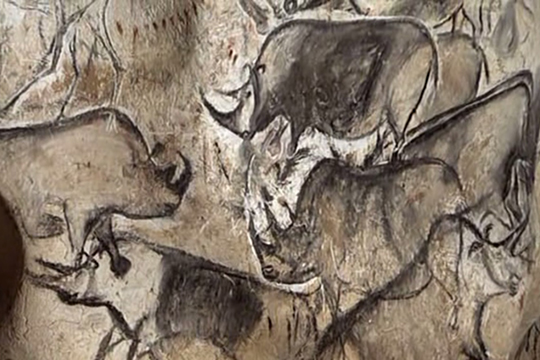
Time passed, and people organized into cities and empires. The biggest one was the Roman Empire. People became more united and it was a good basis to start to spread culture. The Roman Empire was filled with beliefs and legends about multiple gods with supernatural powers. Art was a reflection of Gods' life and legends. It was a complex system of architecture, sculpture, and paintings. All were developed using the same rules and esthetics. Art was a representation of an ideal world of Gods, that people should learn from and worship with admiration. Gods were perfect creatures and role models for people. Art transformed into inspirational objects and represented the potential perfection of humankind. This period was well established and became classical.
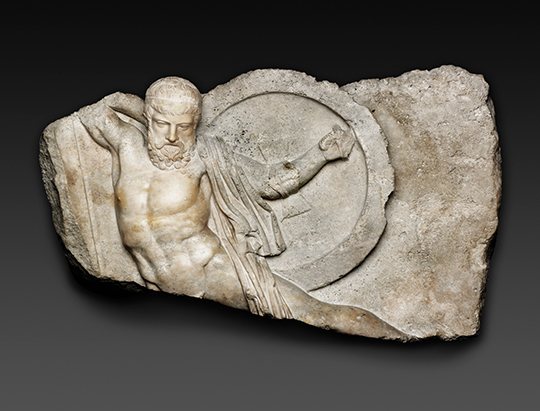
As the Roman Empire was growing Constantin announced Christianity as a state religion and the capital was moved to Byzantium(Istambul). When Classical art was marked by the attempt to create representations that mimicked reality as closely as possible, Byzantine art seems to have abandoned this attempt in favor of a more symbolic approach. The main goal of the art became to tell people about God, through mosaics and frescoes in chapels. It was all about promoting Christianity to people and maintaining the power of rising religion.
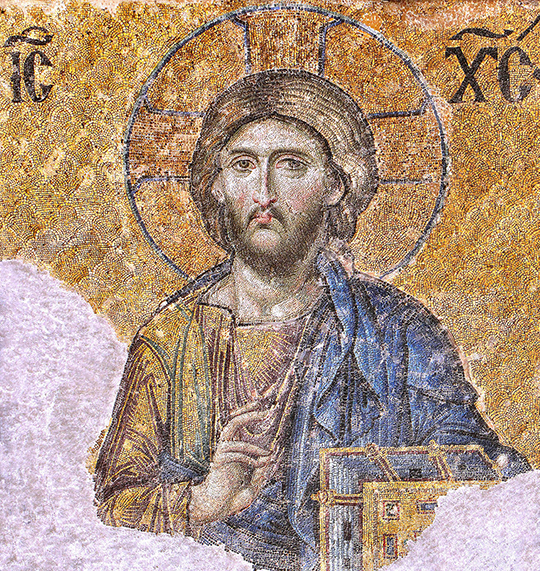
After the fall of the Roman Empire began the long period of the Medieval age. Technologies continued to develop and people built bigger cities. The road connections between cities became better and enabled trading. The church at the same time was interested to emphasize the power of God. They were interested in bigger, more detailed, and grandiose art. Masters started to use Greece and Roman classical techniques to create more impressive and realistic work. The Church became the main consumer of art and defined the way it looked.
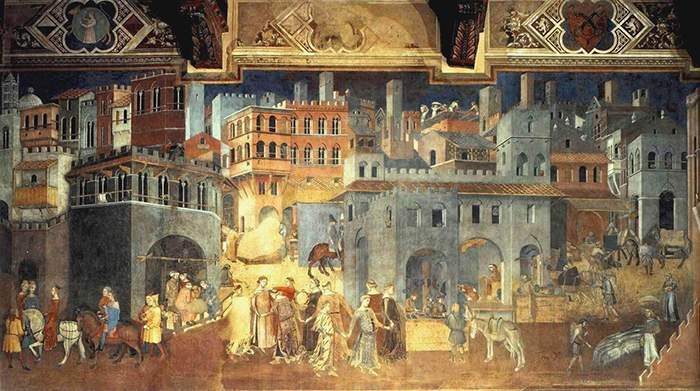
At the beginning of the 15 century, the first ideas of individualism were born. The Rainessanse era began. Artists started to try to express themselves more individually. World travel became more accessible and printing machines were invented. The group of artists started to experiment with forms and try to achieve a more realistic work. The science at that time was developing too, so it started to be seen in the paintings techniques. Artists even started to be interested in anatomy for a more realistic approach. It was a rise of a more personal approach to art and it was the first small step for artists to be more independent from Church.
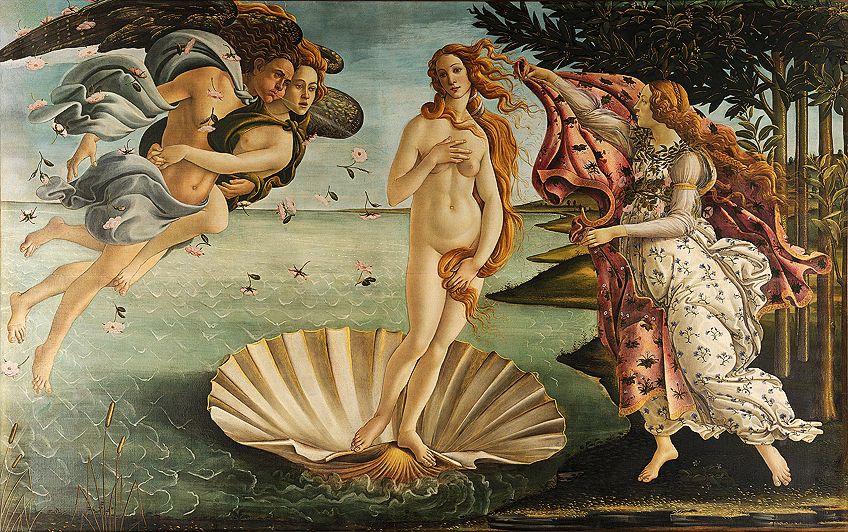
A BRIEF HISTORY OF WESTERN ART PART II